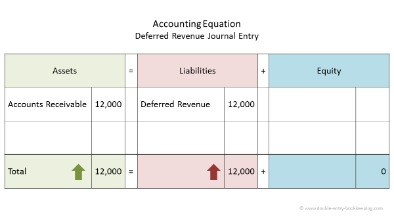
If you’re running your own business, chances are you’ll need this calculator a lot – feel free to add this page to your favourites. The general invoice rule is that the tax point is the earlier of the date of the supply or the invoice date. If businesses have a turnover of below NZD 60,000, insurance company voluntary registration is allowed in New Zealand.
But if you only have a few transactions a month you might prefer a longer frequency. Non-resident businesses that sell low-value imported goods — a physical good valued at NZD marginal revenue definition example and formula 1,000 or less — in New Zealand may need to register for, collect, and return GST. Imported goods valued over NZD 1,000 have GST and customs duties charged at the border by the New Zealand Customs Service.
- To make it quick and easy to add or subtract GST from a price, we created the handy GST calculator below.
- The $60,000 threshold for self-employed people doesn’t include any PAYE income you might earn through wages or a salary from an employer.
- If your company’s taxable turnover exceeds this amount, you must register for New Zealand GST.
- In the meantime, here‘s a brief summary of the main reasons GST may not be included in certain goods or services.
Goods and Services Tax (New Zealand)
This is pretty rare but still happens in some trade, wholesale retailers and services, so keep an eye out. We also go over whether it is necessary to tip in New Zealand, as well as advice for international travellers paying taxes for working in New Zealand. If you’re claiming GST on business-related expenses you should always check the receipt or invoice to average collection period calculator and formula make sure GST was included before filing your return. Once registered for GST, businesses must charge GST to their customers and pay anything that is owed to the New Zealand Inland Revenue.
How to calculate GST for Small Businesses
Travellers arriving on airlines or private craft are charged a Customs levy of NZ$16.59 and a biosecurity levy of NZ$16.92. However, a non-profit organisation selling donated items doesn’t have to register for GST and therefore the prices do not include GST. GST was introduced in conjunction with compensating changes to personal income tax rates and removal of many excise taxes on imported goods.
Listed services
Returns and payments are due to the IRD by the 28th of the month following the end of the return period. New Zealand’s GST system is straightforward, with a standard New Zealand GST rate of 15% for almost all goods and services, a reduced rate of 9%, and a 0% GST rate. Plus, for more information on work taxes, check out our guide to the New Zealand Work Tax System. Travellers arriving on a cruise ship are charged a Customs levy of NZ$11.48 and a biosecurity levy of NZ$10.58.
If the seller is earning less than $60,000 a year from their self-employed or business activity, they don’t have to register for and charge GST. That means it’s possible to buy the same goods or services from different suppliers and pay GST to one but not the other. However, it can apply if the seller is GST registered and the sale is part of the seller’s business activity. GST can also apply if the seller has a pattern of buying and selling residential properties, including the ones they live in. Requested and approved refunds are paid into a business’s bank account within 15 days.
You may not realise it, but an arrival and departure tax is added to the cost of your flight or cruise ticket to and from New Zealand. The arrival and departure tax for New Zealand, also known as “border processing levies”, is a fee to pay for the Customs and Biosecurity procedures you go through upon arrival and departure. There is no upfront cost to pay for these fees, they are included in the cost of your travel ticket. The IVL applies to all visitors with a passport from either a visa-waiver country or a country where you have to apply for a visitor visa to visit New Zealand. The IVL costs NZ$35 and you will pay this either when you request your NZETA or when you apply for your Visitor Visa.

Non-resident GST-registered businesses will not need a New Zealand bank account to receive their refund. You also have to include GST in the prices you charge customers, then file a GST return at regular intervals during the year and pay the GST owing to Inland Revenue each time. You can choose a monthly, two-monthly or six-monthly filing frequency. Filing more frequently reduces the paperwork involved each time and can keep the payments more manageable.
Businesses must also file GST returns at a frequency determined by its sales figures. Once you’re registered for GST, you’ll need to file regular GST returns and pay GST on your taxable activities. Late filing or payments can result in penalties and interest charges. The IRD imposes a 1% monthly penalty on unpaid amounts and interest charges on outstanding balances. Missing a New Zealand GST return deadline will result in a fine of NZ$250.